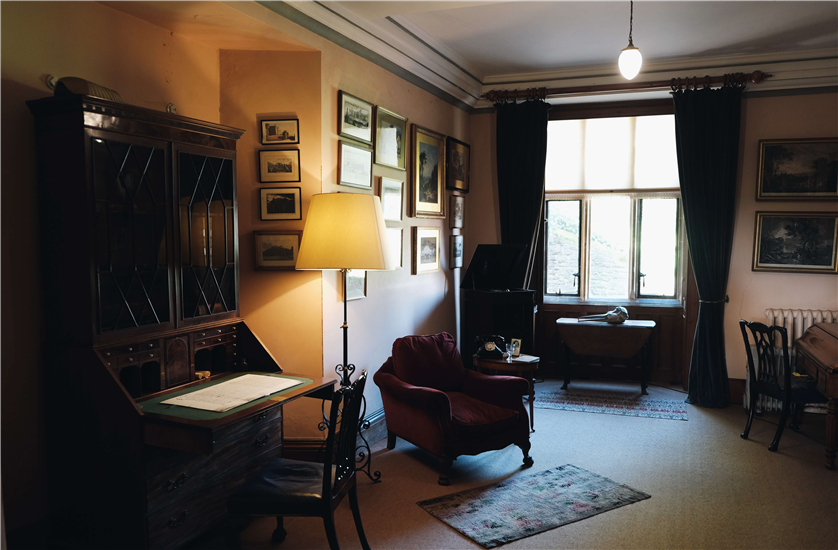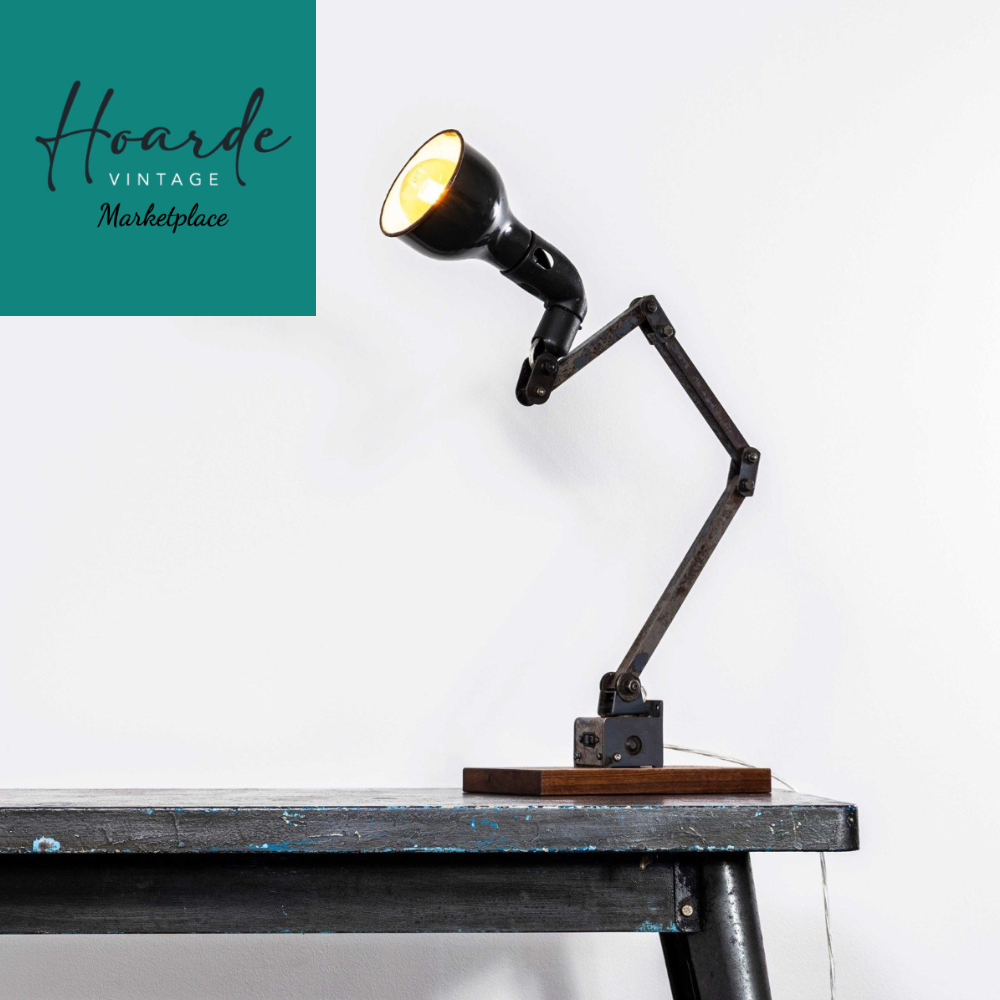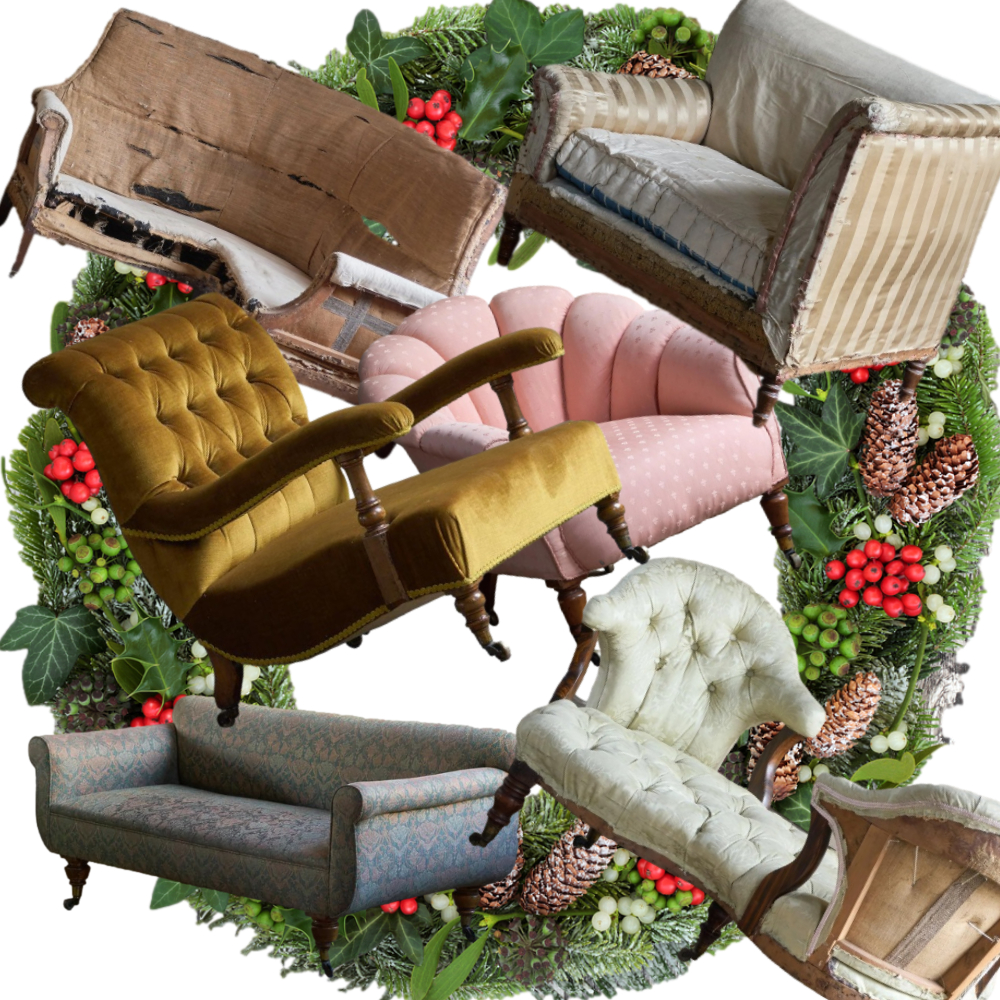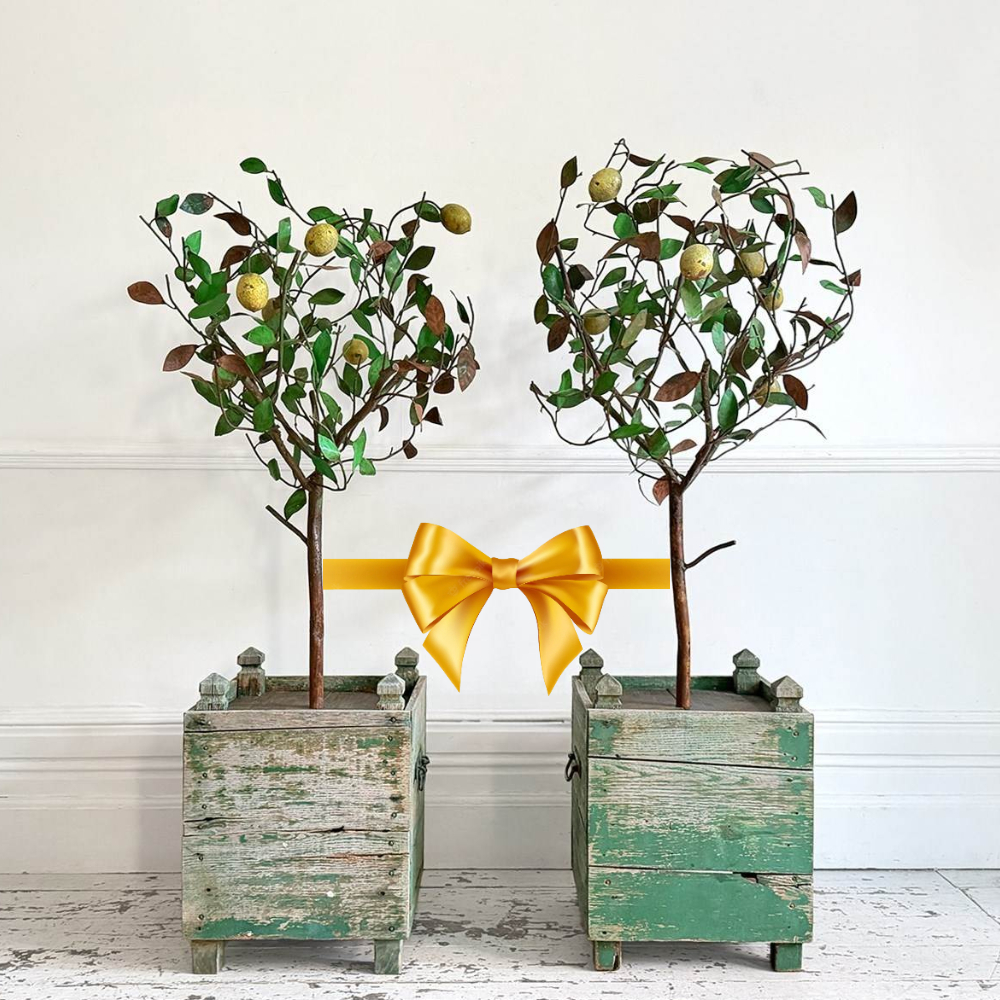
Antique wooden furniture was built to last. Usually made out of solid wood with excellent craftsmanship, furniture that is hundreds of years old can still be in excellent condition today if it has been taken care of. In fact, there is no reason that your antique wood furniture won’t last a few mone hundred years.
However, to keep it looking great, your wooden furniture needs proper care. When well looked after, antique wood will continue to age but will likely improve as it does. If you don’t look after your furniture properly, you’ll find that the wood can crack, discolour, split and weaken as it ages.
To help you look after your antique wooden furniture and to help avoid it needing restoration or repair, we’ve taken a look at the best ways to look after it.
Where Should You Place Antique Wood Furniture?
One of the easiest mistakes you can make with your antique furniture is putting it in an unsuitable place. Antique wood can be affected by direct sunlight, heat and dryness, so you need to find somewhere to put your furniture that avoids all of these things.
You should avoid putting your furniture anywhere where direct sunlight can reach it, such as directly opposite a window that sees a lot of rays. Your furniture should also not be placed next to a radiator or fireplace. Both sunlight and heat can cause wood to expand and start cracking, while sunlight will also cause discolouration.
It’s also a good idea to avoid dry atmospheres when it comes to antique wooden furniture, as this can cause some of the moisture in the wood to be lost. Over time, this can lead to cracks and weaken the wood. Using a humidifier in drier climates is a good way to protect your furniture.
How Should You Clean Antique Wooden Furniture?
Dirt is another thing that can affect your vintage wooden furniture, so knowing how to clean it properly can ensure it continues to look great over the years. We all know that some dust is unavoidable, which is why your furniture - just like the rest of your house - can benefit from frequent dusting.
The best option for antique wood is to dust it with a soft, dry cloth. You should simply wipe the dust away rather than using any modern chemicals, as these can damage the surface of the furniture. It is also recommended to avoid wet cleaning, as this can affect the finish.
You should also polish your wooden furniture at least twice a year. Once again, modern polishes should be avoided. Instead, you should use beeswax or a specialist antique polish or wax. In some cases, you may want to choose a wax that matches the colour of the wood as this can help maintain it.
To polish your furniture, apply the beeswax or polish with one cloth and then use a different, dry cloth to buff it. If you are using a new polish product, it is a good idea to start in an area where a mark will not be noticeable, just in case it reacts with the wood.
Protecting wooden furniture from insects and pests
It isn’t just dirt and heat that can damage your antique furniture, insects and pests can also affect it. Some types of beetles, as well as termites and woodworm, tend to be attracted to vintage furniture as the wood has softer grains than modern furniture.
If you notice tiny holes in your furniture, it is likely that it has an infestation and you’ll need a specialist to get rid of the insects before they cause further damage. If left untreated, the integrity of your furniture will be badly damaged and it will be unlikely that it can be restored.
Antique furniture that features upholstery is also ad risk from rodents. Mice and rats will often destroy the fabric on the hunt for nesting material, so if you notice signs of a rodent infestation, you should find a way to get rid of them before they start attacking your furniture.
Getting Your Antique Furniture Insured
It can be a good idea to get your antique wood furniture insured against damage, as this could help you cover the cost of restoration work.
In order to get your furniture insured, it is a good idea to get it veiled first so you know exactly what it is worth and how much it is likely to increase in value over the years. This can help you get accurate insurance, as well as help you ascertain whether it needs any further special attention to keep it looking its best.






